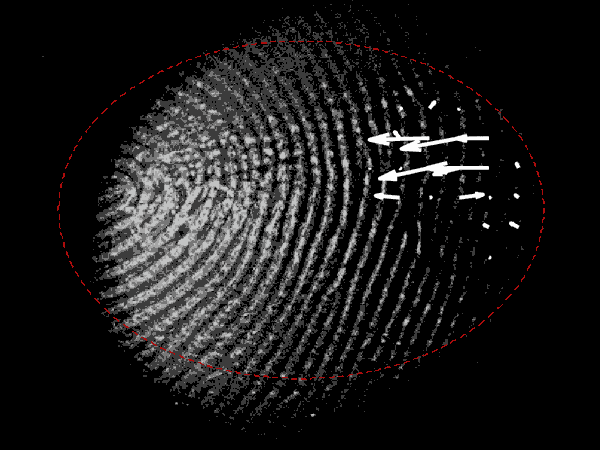Rapid change of friction causes tactile ultrasound illusion
Michaël Wiertlewski, Assistant Professor at the Cognitive Robotics Department, and his colleagues have created a glass plate that can quickly change its friction with human fingertips. These ultrasonic waves release the mechanical energy in the skin, which produces the illusion of touching a button. Their research is published in the ‘Journal of the Royal Society Interface.
Touchscreens have opened the door to a more intuitive interaction with computers. Yet, this new technology has dramatic effects on how we perceive the action of the machine. Where physical buttons gave a vivid tactile feedback on their state and action, touchscreens are a flat and inert pane of glass, which forces users to solely rely on visual cues to navigate around the interface. The required visual attention leads to distraction and hinders the formation of muscle memory.
The research of Wiertlewski focuses on a new tactile illusion that fools the brain into thinking that a static object moves. The illusion exists because of a special relaxation of the skin when we touch various objects. The research team placed a camera underneath the plate to study the effect when people pressed on the glass, then applied the ultrasound to influence the processes. ‘’We can influence this relaxation using ultrasonic waves to produce the illusion that the object is moving. We use this illusion to create virtual buttons on touchscreens that feel like mechanical analog.’’, says Wiertlewski.
Currently they use standing ultrasonic waves but the next research phase is to produce traveling waves so they can eventually push the finger, that allows to guide the user through the touch screen.


